First Graphene said the integration of graphene into perovskite solar cells (PSCs), developed in partnership with New South Wales-based Halocell Energy and the Queensland University of Technology, has been shown to enhance light absorbing performance and dramatically lower manufacturing and materials costs.
In an announcement, First Graphene said through the addition of its PureGraph product, Halocell’s PSCs have almost doubled in efficiency to 30.6%, while production costs have been reduced by up to 80%.
The company said this is predominantly due to its graphene formulation being compatible with roll-to-roll dispersion technology, which eliminates traditional high-cost conductor materials, such as gold and silver, from cell production.
First Graphene late last year signed a two-year agreement to supply Wagga Wagga-based Halocell with PureGraph for use as a high-performance coating in its cells, claiming the move gives Halocell a market advantage.
“Cells made with alternative carbon-based materials such as graphene have widely been found to outperform conventional silicon cells in low and artificial light conditions, including indoor environments,” the company said, adding that perovskites can provide lower manufacturing, processing and energy costs and their energy payback period can be as low as six weeks compared to silicon cells which take approximately two years.
Halocell Chief Executive Officer Paul Moonie said the company, which earlier this year launched its Ambient module series, is determined to create a highly competitive product available to market.
“Our approach to perovskite commercialisation has always been strong material science while keeping cost and processability in mind,” he said.
“This collaboration project with First Graphene has delivered that, and we now have a suite of low-cost materials we can select for a range of PV applications we will deliver.”
First Graphene Managing Director Michael Bell said the Perth-based company’s partnership with Halocell is generating competitive Australian innovation with global reach.
“We’re pleased with the progress Halocell has made applying our PureGraph to its perovskite solar cell development, not only through our R&D collaboration but now in a commercial setting,” he said.
This content is protected by copyright and may not be reused. If you want to cooperate with us and would like to reuse some of our content, please contact: editors@pv-magazine.com.
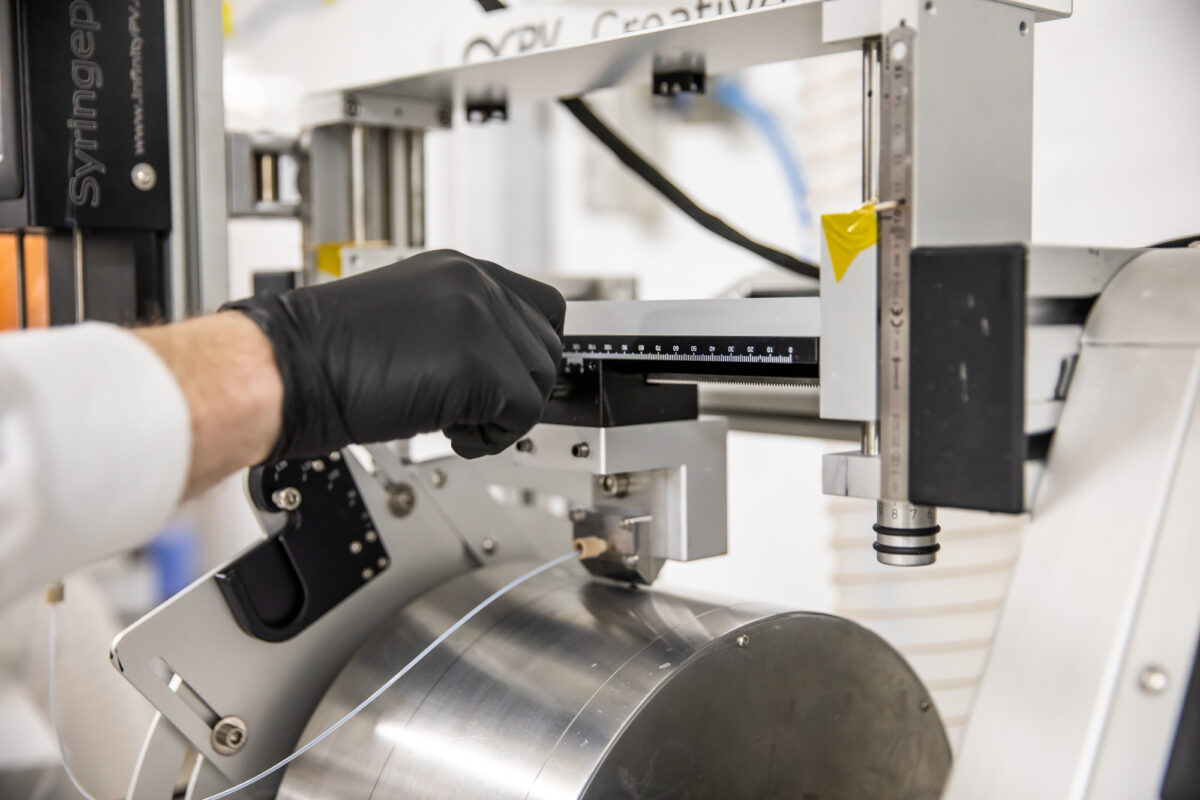
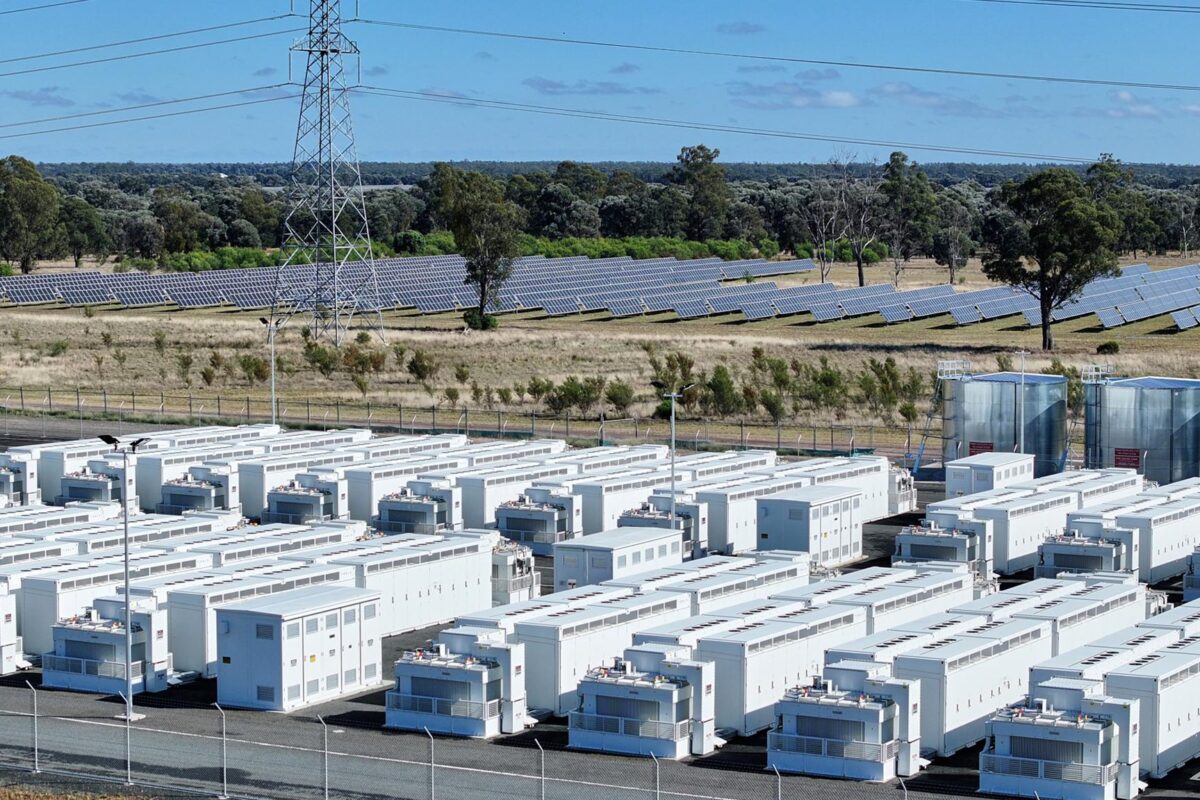




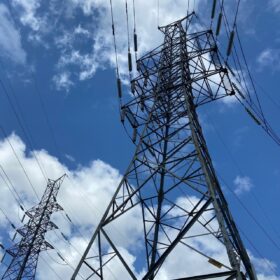
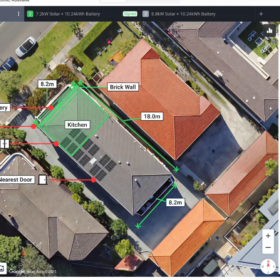
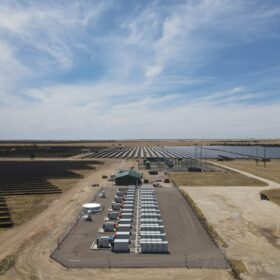
By submitting this form you agree to pv magazine using your data for the purposes of publishing your comment.
Your personal data will only be disclosed or otherwise transmitted to third parties for the purposes of spam filtering or if this is necessary for technical maintenance of the website. Any other transfer to third parties will not take place unless this is justified on the basis of applicable data protection regulations or if pv magazine is legally obliged to do so.
You may revoke this consent at any time with effect for the future, in which case your personal data will be deleted immediately. Otherwise, your data will be deleted if pv magazine has processed your request or the purpose of data storage is fulfilled.
Further information on data privacy can be found in our Data Protection Policy.